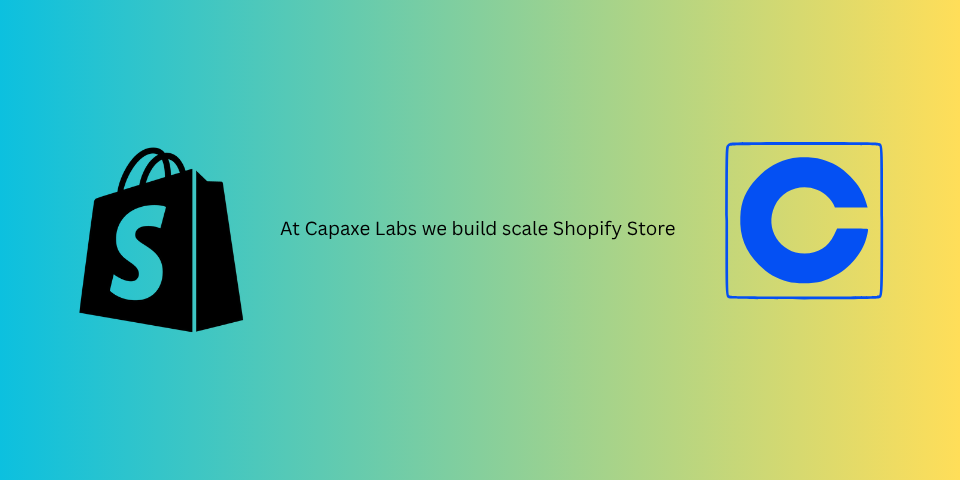
As developers, our instinct is to build things that are robust, scalable, and complete. We take pride in writing clean, production-quality code. But when it comes to A/B testing, this instinct can be a liability.
The stark reality is that most A/B tests fail. They don’t produce a statistically significant winner. If you’ve spent days or weeks perfecting a feature that gets thrown away after the test concludes, that’s a significant waste of time and resources.
This is where mastering the art of the Minimum Viable Product (MVP) becomes a crucial skill. It’s a strategic mindset that shifts the goal from “building the feature” to “building just enough of the feature to validate the hypothesis.” This approach, outlined in the “Quick, Ugly, Out the Door” philosophy, is about maximizing the speed of learning.
The Core Principle: Isolate the Hypothesis
Before you write a single line of code, you must understand the core question the A/B test is trying to answer. Every design change or new feature is based on a hypothesis.
- Hypothesis: “We believe that changing the single ‘Add to Cart’ button to two separate buttons for ‘One-Time Purchase’ and ‘Subscribe’ will increase subscription rates.”
Your job as the developer is to build the absolute minimum required to test this specific hypothesis. Anything else is noise.
Does the test need a fully integrated theme setting for the button text? No, you can hardcode it. Does it need a fancy, polished animation? No, that can be added later if the test wins.
By focusing on the MVP, you avoid the trap of “scope creep” and deliver the testable feature in a fraction of the time.
A Developer’s Checklist for Scoping an A/B Test
When a client comes to you with a new test, use this checklist to define the true MVP.
1. What is the single most important change?
Identify the one element that is central to the hypothesis. In our example, it’s the two separate buttons. The styling, the exact text, the surrounding content—all of that is secondary.
2. What is the “good enough” version?
Perfection is the enemy of speed. The goal is not to build the final, production-ready version of the feature. The goal is to build a version that is good enough to get a clean, valid test result.
- Hardcode text and styles: Use inline CSS or a
<style>tag in a dedicated snippet. - Simplify animations: A simple fade-in is often enough.
- Ignore edge cases (for now): Focus on the primary user flow. Handle obscure browser bugs or device-specific issues only if they are critical to the test’s validity.
3. How can this be isolated?
As a rule, all code for an A/B test should live in its own dedicated snippet (e.g., ab-test-subscription-buttons.liquid). This makes it trivial to remove the code if the test loses and provides a clear, contained starting point for refactoring if it wins.
4. What is the post-test plan?
This is a crucial question to ask the client.
- If the test wins, is there a budget for a “Phase 2”? This second phase would involve refactoring your “quick and ugly” code into a production-quality feature, complete with theme settings and polished details.
- If the test loses, is the code easy to remove? By isolating your code in a single snippet, the answer should always be “yes.”
The “Large-Scale Test” Exception
This MVP approach is perfect for iterative, component-level tests. However, it may not apply to large-scale changes, like a full product page redesign.
In these cases, the “test” is often a risk-mitigation strategy or a phased rollout, not a simple hypothesis test. The client may intend to launch the new design regardless of the outcome. Here, it’s essential to have a strategic conversation about where, if anywhere, it’s acceptable to cut corners to save time. The “MVP” might actually be the full, polished feature.
Final Thoughts: Ship to Learn
The “Art of the MVP” is a mindset shift. It redefines “done” not as “perfect and complete,” but as “ready to learn.”
By embracing this philosophy for A/B test development, you empower your clients to make faster, data-driven decisions. You reduce wasted effort, keep your theme’s codebase clean, and ultimately deliver more value by focusing your expert skills on the features that are proven to work.
❓ How do you balance speed and quality when developing for A/B tests?